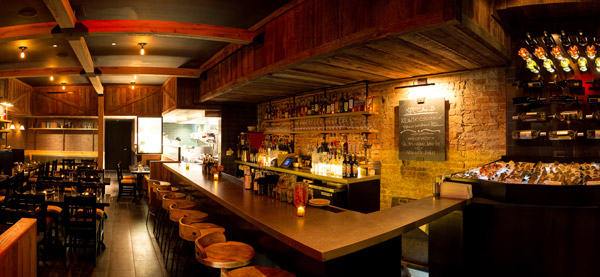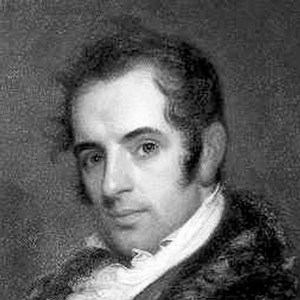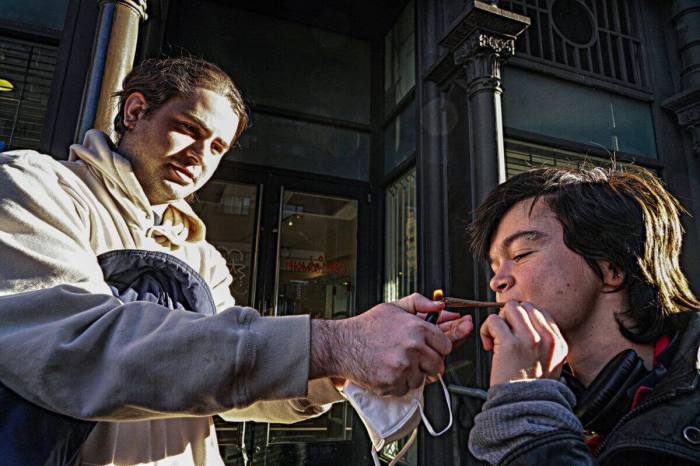

BY REY MASHAYEKHI | As a born-and-bred New Yorker who became one of America’s first and greatest literary icons, Washington Irving’s legacy is ever present. Stories like “The Legend of Sleepy Hollow” and “Rip Van Winkle” are firmly embedded in the popular consciousness, while terms like “Gotham” and “Knickerbocker” are inescapably associated with Irving’s hometown.
In Downtown Manhattan, the locus of Irving’s legacy is found one block east of Union Square, on the street that bears his name — Irving Place. The imposing limestone facade of Washington Irving High School towers over the block between E. 16th St. and E. 17th St. The high school, by 2015, will be phased out of the building, which also contains the new Academy for Software Engineering, among other schools, and is slated to get a new Success Academy charter school this August.
Outside the school building, at the corner of Irving Place and E. 17th St., is a distinguished bust of the writer himself. This lies directly across the street from the Washington Irving House — an elegant, historic, 19th-century townhouse that bears both Irving’s name and a plaque dedicated to the writer, though there’s no evidence he ever actually resided there.
Irving Place is, however, home today to upstart businesses that continue to honor Irving’s status as a New York icon. And none do it as well as a pair of establishments that not only share the same owners and street corner, but also clever homages to Irving’s work in their names. Ichabod’s, at 15 Irving Place, and The Headless Horseman, at 119 E. 15th St., are the creations of Eric Sherman and Brian Krawitz, who also operate popular, local nightlife spots like The Royal and Revival. And while both places tip their hat to “The Legend of Sleepy Hollow,” they serve two distinct purposes for clientele.
“They’re totally different experiences,” general manager Frank DeBellis told The Villager, and he’s right. The Headless Horseman, which opened last December, is a beautiful, rustic watering hole featuring 24 beers on tap, with an emphasis on craft beers like Avery Salvation and Stoudt’s Pilsner. DeBellis said that the bar is meant to appeal to “beer nerds,” and with three taps dedicated to “nitro beers,” the appeal is certainly there. What’s more, all but two beers on offer are brewed in the United States.
“I don’t think you need to go out of the States to find good beer,” DeBellis said.

Right next door is Ichabod’s, which opened in February and specializes in what DeBellis called “casual fine dining.” Chef Matthew Etchemendy, formerly of the Midtown hotspot Koi, crafted a menu virtually exclusive to American cuisine and featuring a large raw bar component. Jeremy Strawn of Little Italy’s Mulberry Project helmed the cocktails. Keeping with the restaurant’s theme of homage, DeBellis said the menu itself, with its emphasis on poultry, fish and root vegetables, pays tribute to the tradition of American gastronomy.
Still, the most striking aspect of both Ichabod’s and The Headless Horseman — at least as far as Washington Irving is concerned — is the decor, and how astutely it evokes the past. The interiors of both establishments feature exposed brick walls and refurbished wood paneling collected from barnyards across the country. At The Headless Horseman, the more rustic vibe is emphasized with perched gas lamps, huge wooden booths and bar stools handcrafted in Ireland.
Ichabod’s, meanwhile, takes a more refined approach with large, contemporary windows that let light flood into the space.
But down to the vintage wallpaper in the bathrooms, the establishments’ proprietors overlooked no detail in ensuring their project succeeded in its aesthetic, history-driven goals.
“The owners were very adamant about paying homage to Irving,” DeBellis said of Sherman and Krawitz’s vision for Irving Place’s latest tribute to its namesake.


















